When I wandered onto the narrow streets of Catanzaro in Calabria, I honestly had no idea I was treading on what used to be Europe’s silk capital. This hidden spot in Southern Italy carries a textile history that stretches all the way back to the Byzantine Empire.
Catanzaro gained so much fame for its silk production that it became the heart of the “Calabrian Silk Route,” fueling an industry that even supplied the Vatican with the best laces and linens.
The silk tradition here isn’t just a relic—Calabria still holds onto this craft, and you can feel its influence on local culture even now. As I walked through the city, those echoes of its golden age—when silk weaving brought Catanzaro both wealth and prestige—felt almost tangible.
The intricate patterns and techniques that originated here made their way across Europe, turning Calabrian textiles into coveted treasures for centuries.
Exploring Calabria’s textile heritage, I noticed how this ancient art is finding new life in places like San Floro. Artisans there keep traditional methods alive, blending them with modern touches to honor their silk-making ancestors.
This craft’s endurance really says something about Calabrian culture. It gives travelers like us a way to connect with a truly authentic piece of Southern Italian heritage.
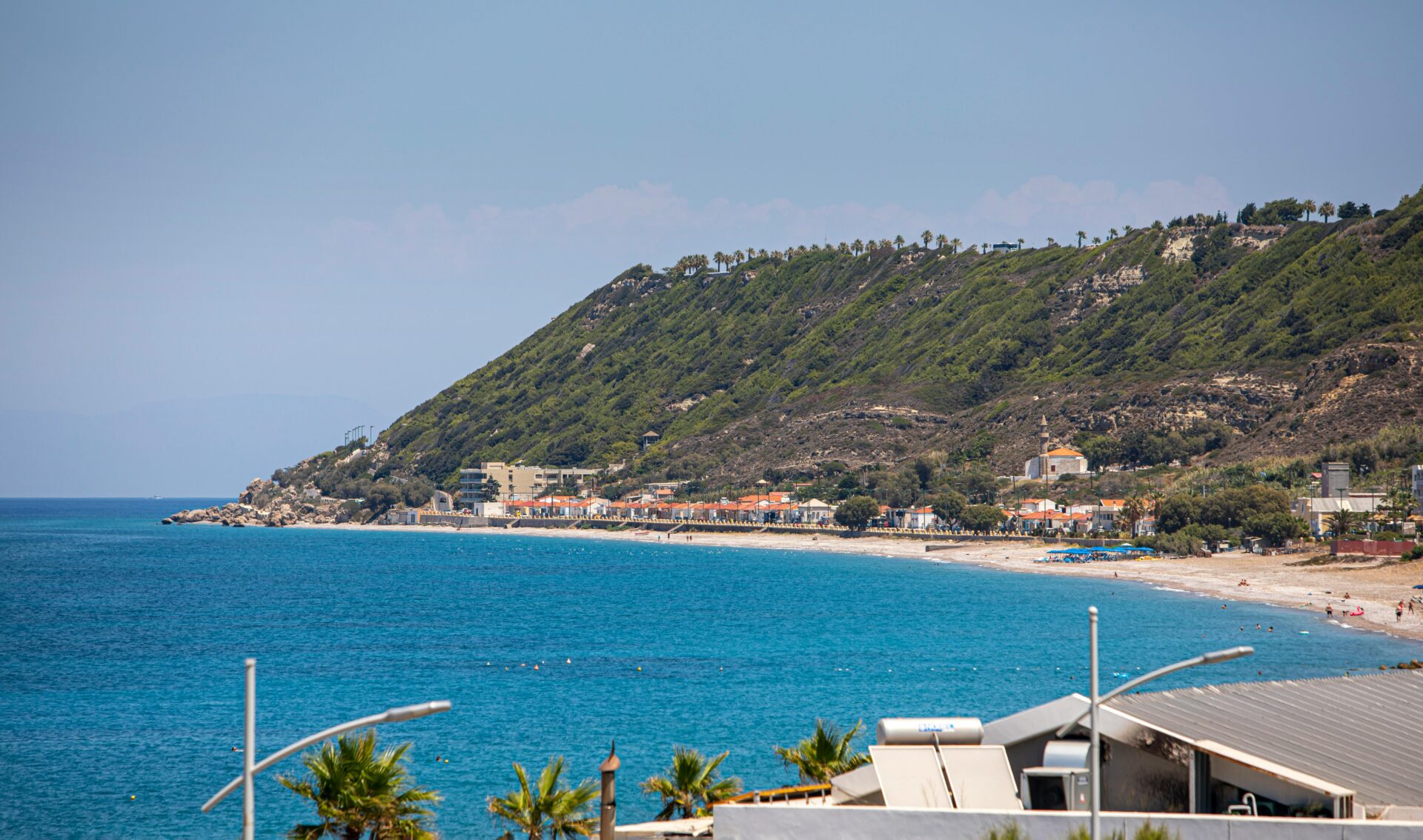
Catanzaro: Heart of the Silk Road in Calabria
Catanzaro sits in the sun-drenched hills of Calabria, and its history is literally woven with silk threads. This city became Italy’s silk production hub, linking East and West through beautiful fabrics and skilled craftsmanship.
The Geographic and Historical Significance of Catanzaro
Catanzaro perches between two seas in Southern Italy, a spot that made it perfect for trade. The city rests on three hills overlooking the Gulf of Squillace on the Ionian Sea, and locals proudly call it “the city of the two seas.”
The Municipio (town hall) stands as a reminder of Catanzaro’s historical weight in Calabria. Back in medieval times, this city became the crucial link in what people now call the “Calabrian Silk Route.”
Scholar Giuseppe Matarese even suggests Catanzaro’s name might tie back to silk production. The Byzantine Empire brought silk cultivation here, and by the 11th century, this Mediterranean corner had become Europe’s silk capital.
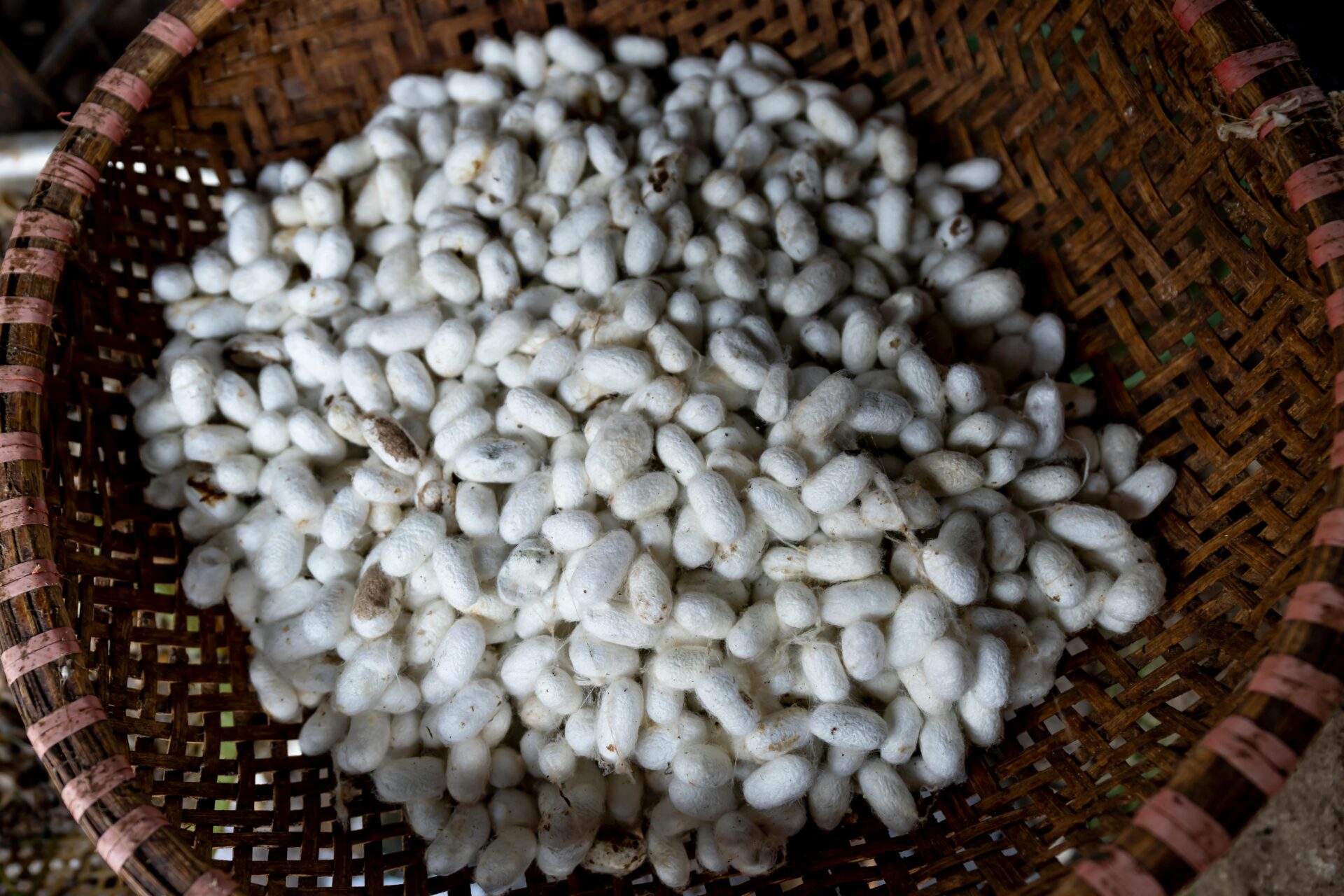
Connection to Magna Græcia and Classical Antiquity
Catanzaro’s silk story twists together with its ancient Greek roots as part of Magna Græcia. All around the region, archaeological ruins show how classical influences shaped local craftsmanship and art.
Ancient settlers brought their know-how in textiles and dyeing, which later boosted silk production. This mix of Greek precision and local creativity set the stage for Catanzaro’s textile excellence.
Supposedly, two merchants arrived via the Silk Road with precious silkworms from China and found the perfect place for their craft. The old traditions of patience and detail helped Catanzaro’s artisans reach new heights in silk-making.
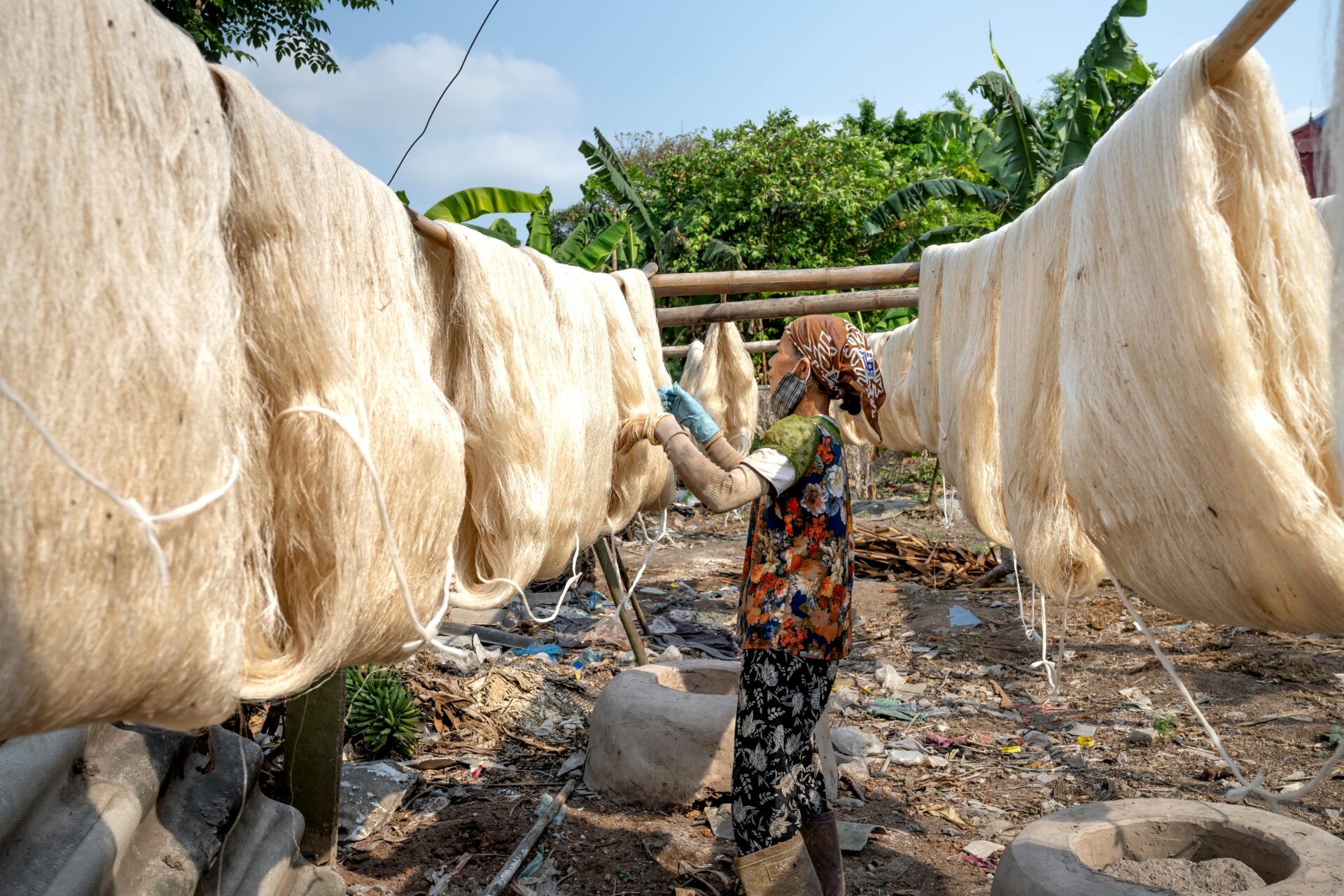
Legendary Hospitality and Local Culture
The people of Catanzaro—sometimes called “children of the soil”—welcome visitors with a warmth that reflects their deep connection to the land. Their hospitality has become as legendary as their silk, giving travelers a window into real Calabrian life.
Some local families still preserve silk-making traditions, running small workshops and demonstrating ancient techniques. The romantic landscape around Catanzaro inspires both craftspeople and visitors, creating a sense of harmony between nature and human creativity.
I’ve found that the best moments come during local festivals celebrating the city’s silk heritage. Artisans open their doors and share dreams passed down through generations.
Their stories blend the practical craft of silk-making with the poetic spirit that makes Catanzaro such a unique place.
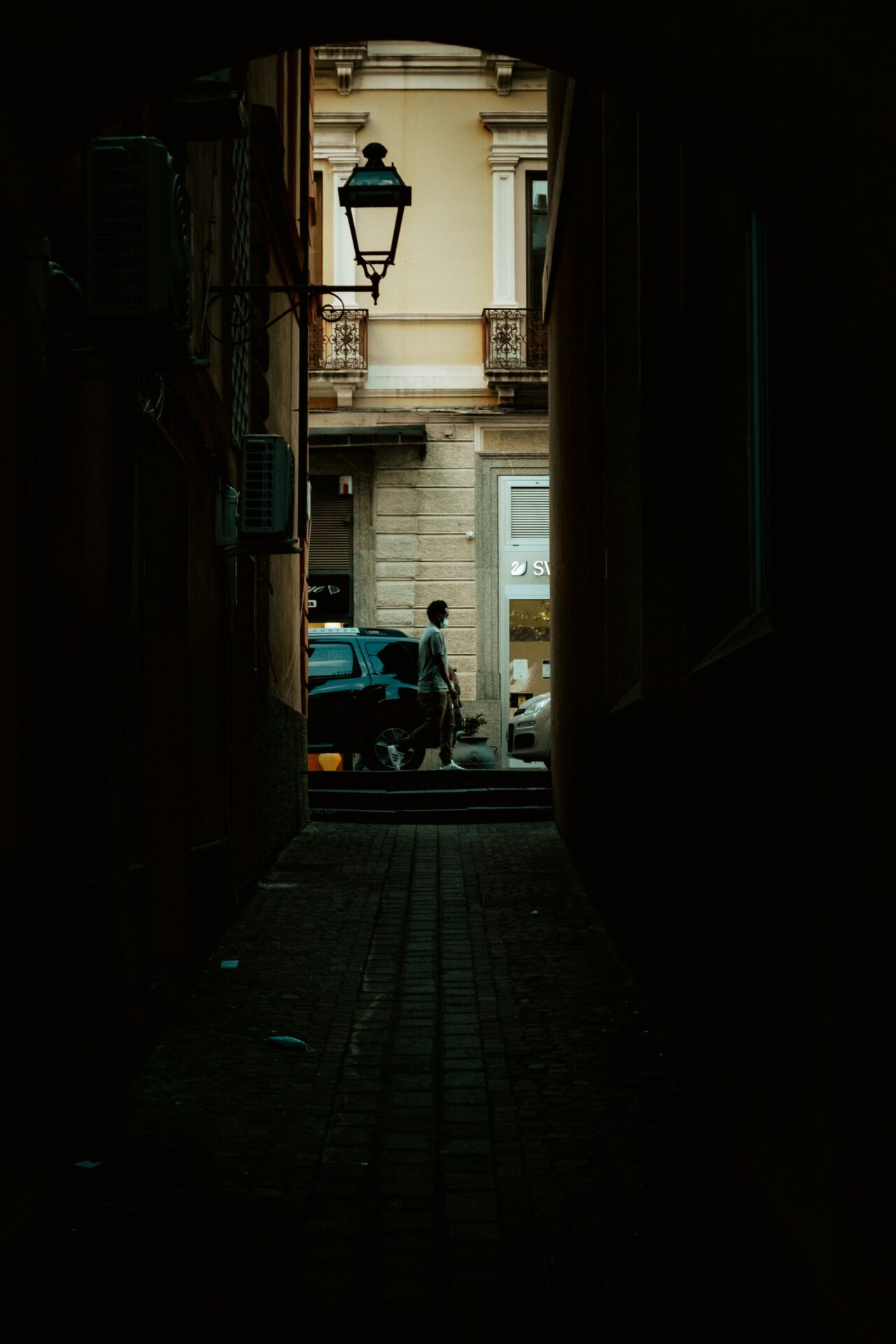
Origins and Evolution of the Silk Tradition
Silk’s journey to Calabria started with ancient trade networks that totally changed the region’s cultural landscape. The prized fabric arrived via merchant routes, turning Catanzaro into the “City of Silk.”
Sericulture and the Arrival of Silkworms from China
Legend has it, two merchants traveling the Silk Road brought silkworms from China to Calabria. That moment kicked off a remarkable textile tradition here.
During the Byzantine period, people introduced not just the silkworms but also mulberry trees, which are absolutely essential for feeding these delicate creatures.
Sericulture took off quickly in Calabria’s friendly climate. I’ve seen how the hilly land around Catanzaro worked perfectly for mulberry plantations.
Local farmers learned the tricky art of raising silkworms, tending to them with care through their whole lifecycle.
Families passed down specialized silk-making techniques, keeping them close and creating a distinct Calabrian style that mixed Eastern methods with local flair.
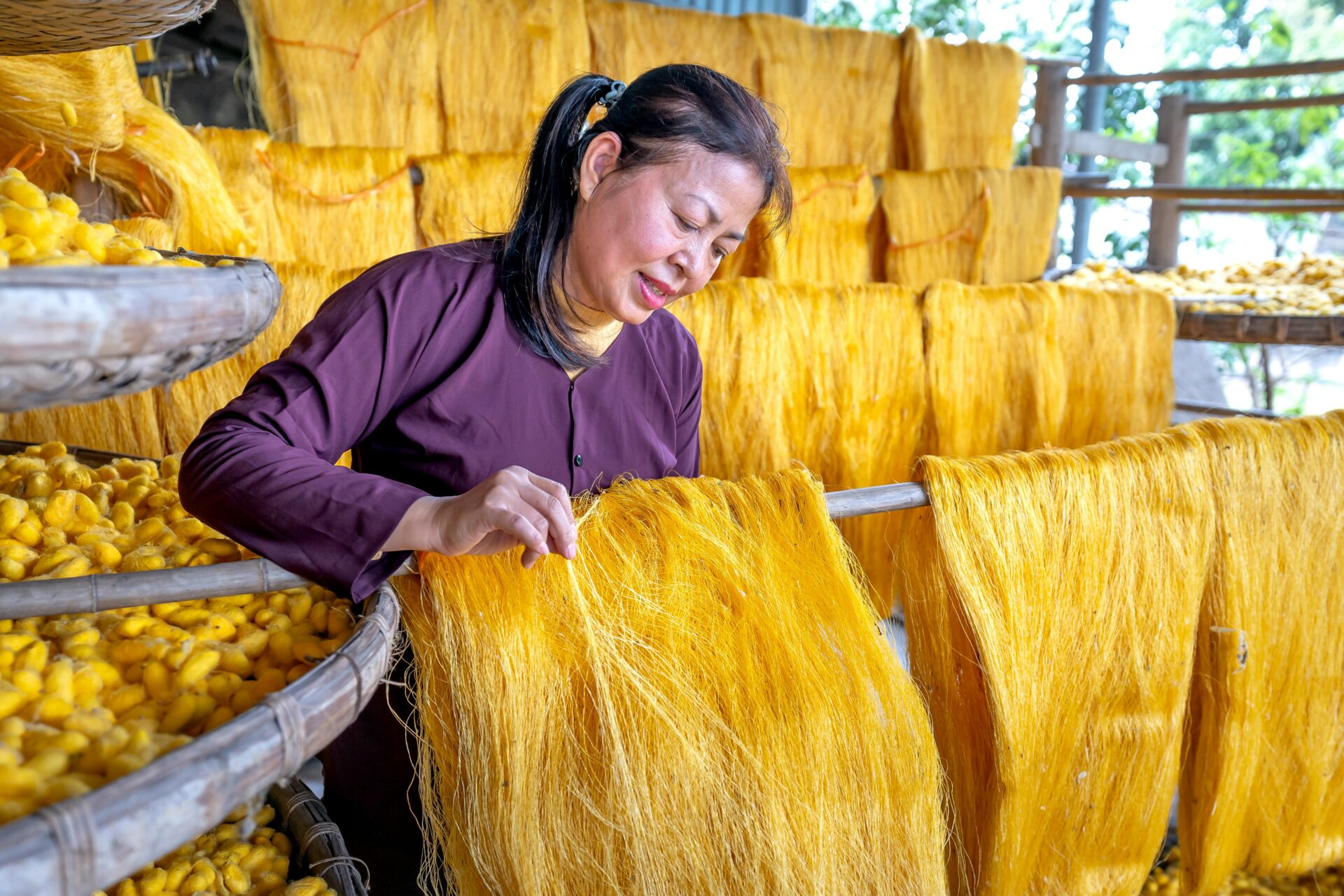
Expansion of Silk Production and Trade Routes
By the Middle Ages, Catanzaro had emerged as southern Italy’s silk capital. I traced how a “Calabrian Silk Route” connected production centers across the region.
Towns like Cosenza and Paola played key roles in this network.
Trade soon reached beyond local borders. Silk from Catanzaro traveled to Naples and other Italian cities, competing with fabrics from bigger producers like Taranto.
The industry created an entire economic ecosystem. From farmers growing mulberries to skilled weavers finishing the textiles, thousands of Calabrians found work in silk-related trades.
Transport networks kept up with the demand. Coastal shipping and winding inland paths moved silk from production centers to Mediterranean markets, making Calabrian silk a luxury good famous for its quality and unique designs.
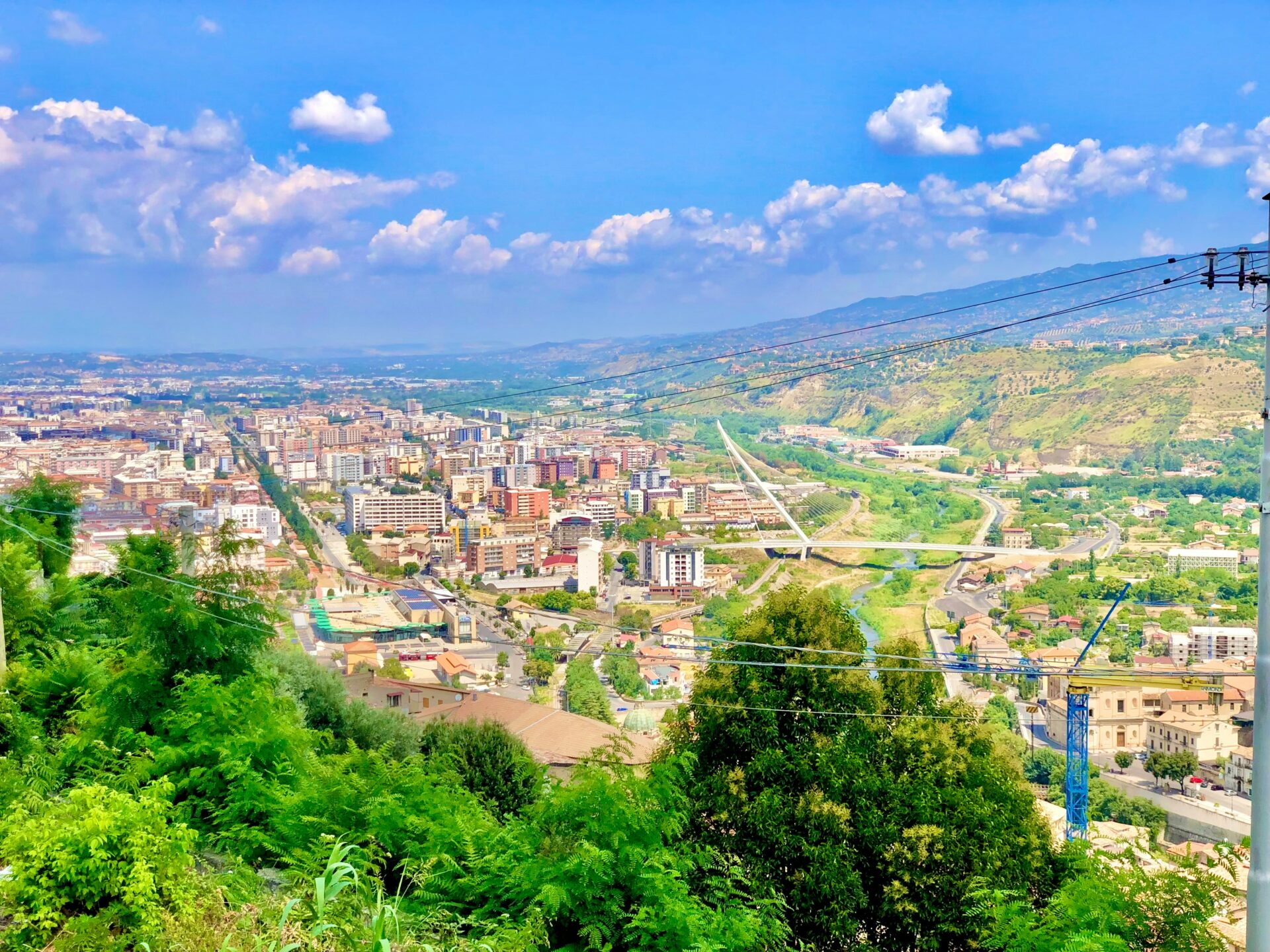
The Art of Silk Manufacturing in Catanzaro
Catanzaro earned its silk capital reputation through centuries of craftsmanship and real dedication. The city developed special techniques that made its silk fabrics prized throughout Italy and beyond.
Craftsmanship and Techniques of Silk Weavers
When I walk through Catanzaro, I’m always amazed by the intricate silk-weaving methods that have survived since the 10th century. Local artisans still work traditional wooden looms, crafting patterns you won’t find anywhere else.
Catanzaro silk stands out because of the careful extraction process. Artisans unwind cocoons in hot water to remove the natural sericin gum, which creates incredibly smooth threads.
Weavers use a technique called “visioni” to build complex designs. This method takes countless hours, with artisans arranging threads in precise patterns before they even start weaving.
The dyes come from local plants and minerals, and those natural colors give Calabrian silk its famous hues that barely fade over time.
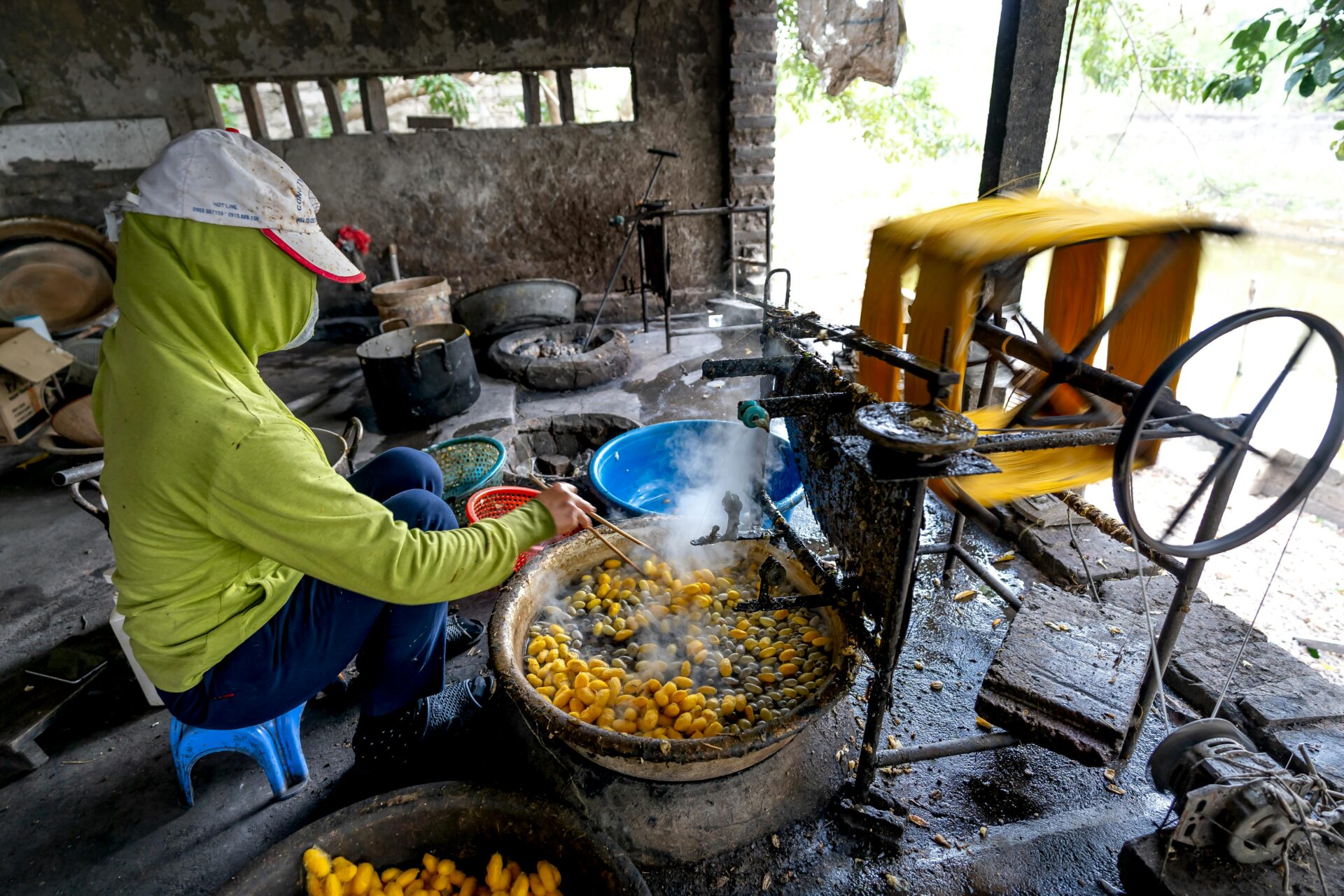
The Role of Patience and Community Support
Patience isn’t just a bonus in silk making—it’s the key. I’ve watched artisans spend weeks on a single piece, their hands moving with a practiced rhythm as they turn raw silk into something luxurious.
The idea of “concordia” (harmony) guides the silk-making community. Families often work as teams, with each generation handling different steps of the process. Kids learn by watching their elders.
Community support doesn’t stop at the family. Catanzaro built cooperative systems where workshops share tools and know-how. This teamwork helped keep traditions alive, even when times got tough.
Many artisans have told me they find a kind of meditative peace in the repetitive motions of silk work. That mental discipline matters just as much as skill when you’re making pieces that demand hundreds of hours of focus.
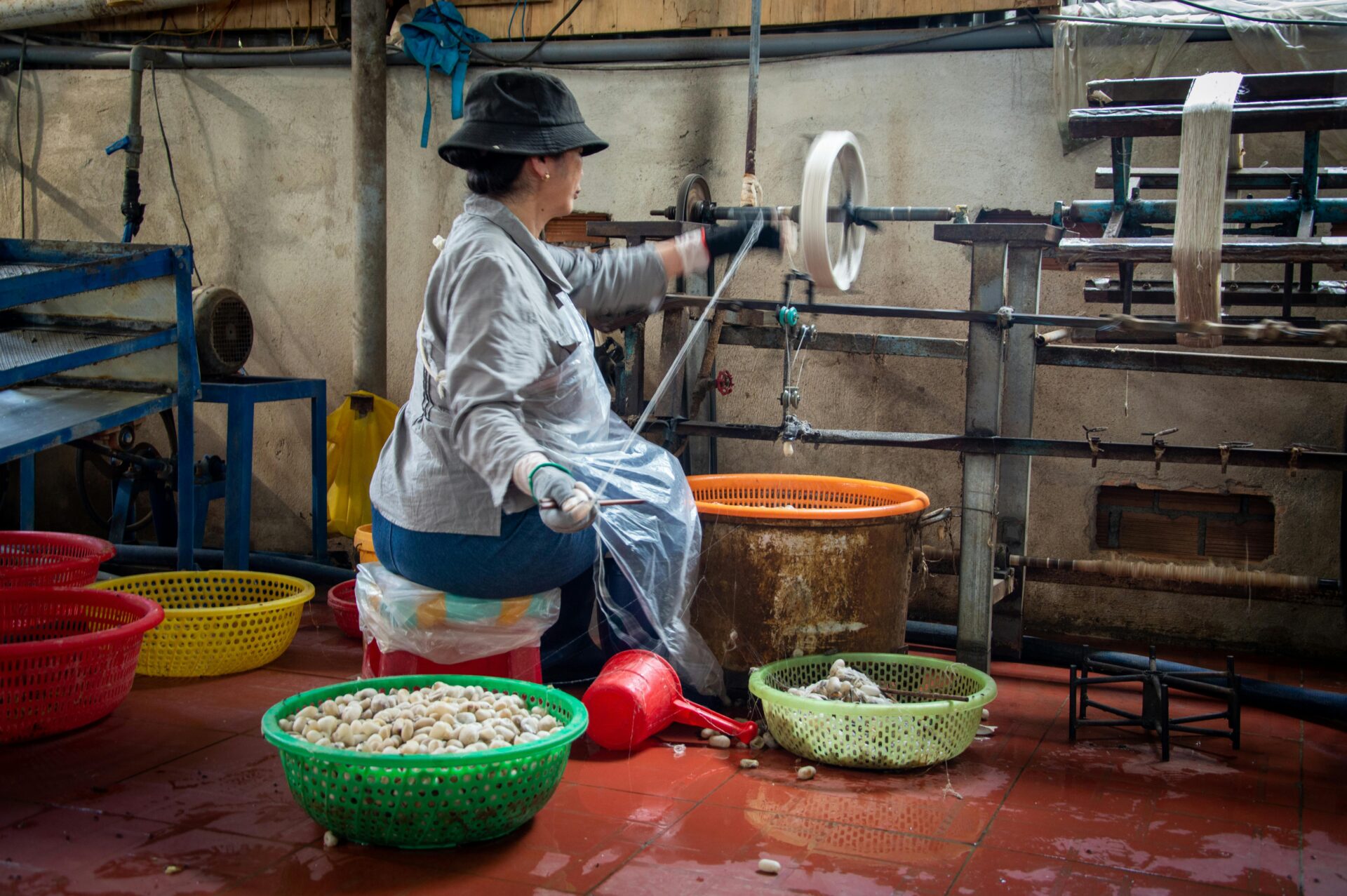
Daily Life and Cultural Influences
Catanzaro’s silk traditions have shaped daily life in Calabria, weaving a rich tapestry of customs that still echo today. From lively markets to resilience against nature’s curveballs, silk artisans carved out a unique way of life.
Markets, Trattorias, and Social Customs
Strolling through Catanzaro’s old markets feels like stepping into silk’s heyday. Merchants gather at sunrise, setting up stalls with textiles that call back to their silk-trading ancestors.
Local trattorias serve as community hubs. I’ve shared plenty of conversations about textile traditions over pasta and goat’s milk cheese. These family-run spots often display vintage silk works on their walls.
The afternoon siesta is sacred here—a tradition silk workers once counted on to escape the midday heat. After work, locals gather at the municipio square, where community events often celebrate the region’s textile heritage.
Traditional households once paid “hearth-money” or fuocatico, a tax based on family size. Silk merchants used this as a measure of prosperity and production.
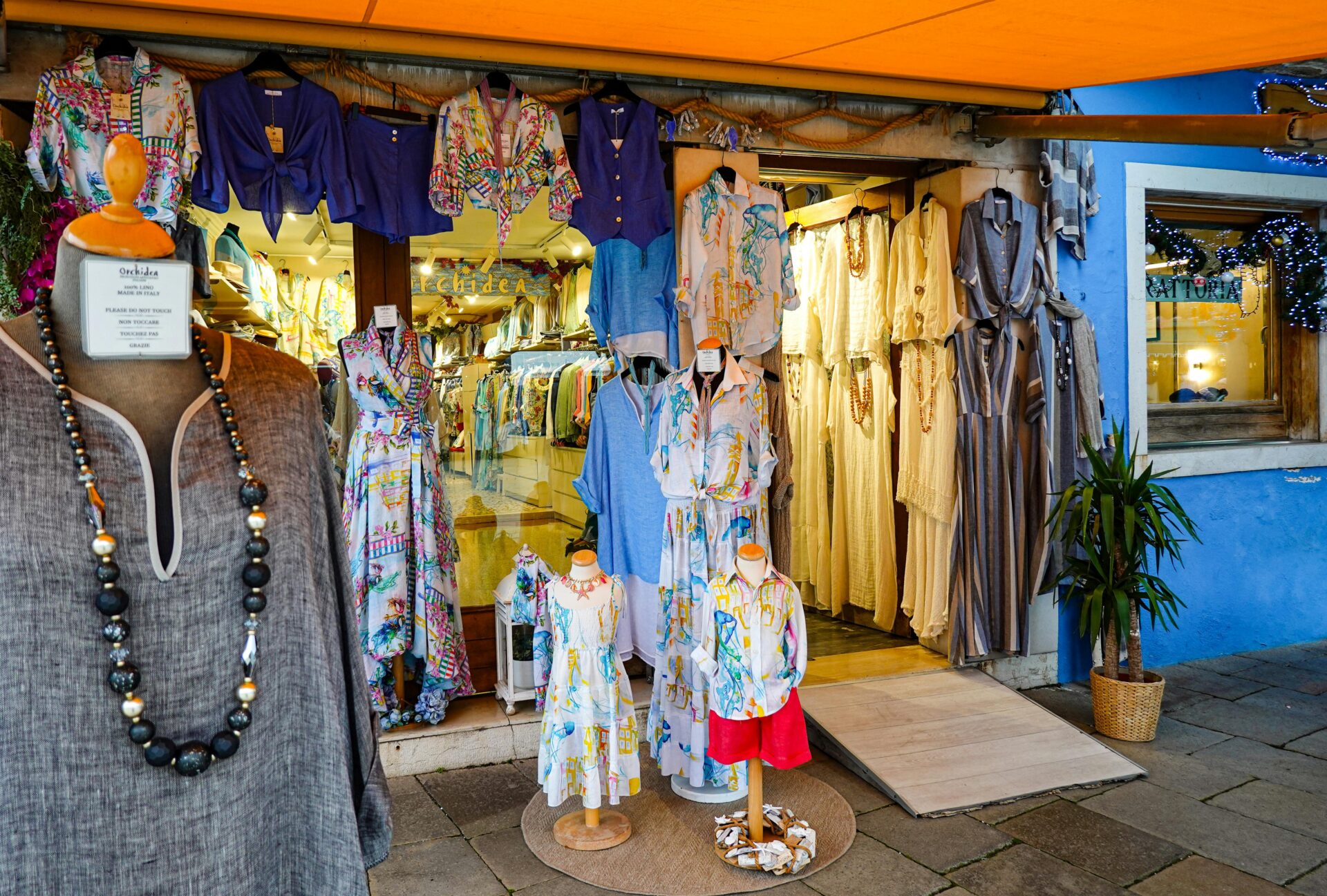
Challenges: Earthquakes, Sirocco, and Inconvenience
Silk production in Calabria faced plenty of natural hurdles. Earthquakes hit hard, destroying workshops and homes, and artisans had to rebuild from scratch more than once.
The sirocco wind sweeps in hot air from Africa, making life tough for silk workers. I’ve seen how this wind covers everything in dust, making delicate silk work nearly impossible.
Illness spread through cramped workshops, especially respiratory problems from silk dust. Families developed herbal remedies that some still use today.
Getting around isn’t easy in the mountains. Narrow, winding roads that once slowed the silk trade still challenge visitors now. Honestly, those logistical headaches preserve traditions that might have faded if modernization had come faster.

Artistic Heritage and Scenic Inspiration
Local art galleries feature “visioni”—dreamlike takes on silk patterns and production. I was drawn in by how modern artists blend old motifs with new techniques.
Calabria’s romantic landscape gave endless inspiration for textile designs. Rolling hills, sea views, and mountain scenery all found their way into the patterns artisans wove.
Sometimes, daily life scenes—market haggling, fishing trips, harvest parties—became playful motifs in the textiles.
Many artisans keep small studios where they demonstrate traditional techniques. I’ve spent hours watching skilled hands turn raw materials into beautiful textiles, using methods passed down for generations.
The artistic influence reaches beyond textiles. You’ll spot design elements from Catanzaro’s silk traditions in local architecture, ceramics, and woodworking too.

The Broader Mediterranean Silk Connections
Calabria’s silk tradition is part of a bigger web of Mediterranean textile commerce. The flow of silk knowledge and materials created lasting cultural bonds that shaped Southern Italy’s art and trade.
From Catanzaro to Naples and Beyond
I’ve followed the silk connections that link Catanzaro to other Italian centers. Naples was a crucial hub where Calabrian silks reached bigger markets and international buyers.
The trade routes stretched north to Umbria, where cities like Perugia, Terni, and Gubbio developed their own silk traditions—often borrowing techniques first honed in Calabria.
Walking through Tropea’s old center, I found merchant houses where traders once displayed silk samples for buyers from all over the Mediterranean.
In Cotrone (now Crotone), I came across signs of workshops that made fabrics for aristocratic homes across Southern Italy. These links helped spread Calabrian silk expertise throughout the peninsula.

Literary Perspectives: George Gissing’s Travels
George Gissing dives right into Calabria’s world, painting a pretty vivid picture of the region’s textile roots. As I explored his southern Italian journal, I noticed how he zeroed in on silk production, a tradition that somehow clung on from ancient times.
He talks about meeting people who used to be “domestic serfs.” Now, they’d become skilled silk artisans, and honestly, that shift in social status through textile work is fascinating. Gissing doesn’t just list facts—he brings Calabrian villages to life, showing how silk production gave people a real alternative to a life of crime.
When he made his way to Paola, he found workshops still using the same techniques as their ancestors. That kind of dedication? It’s impressive. I found myself a bit moved by his stories of silk workers who just kept going, even when the economy tanked or politics got messy.
These glimpses from Gissing really highlight how silk production shaped Calabria’s culture and kept its economy afloat.

